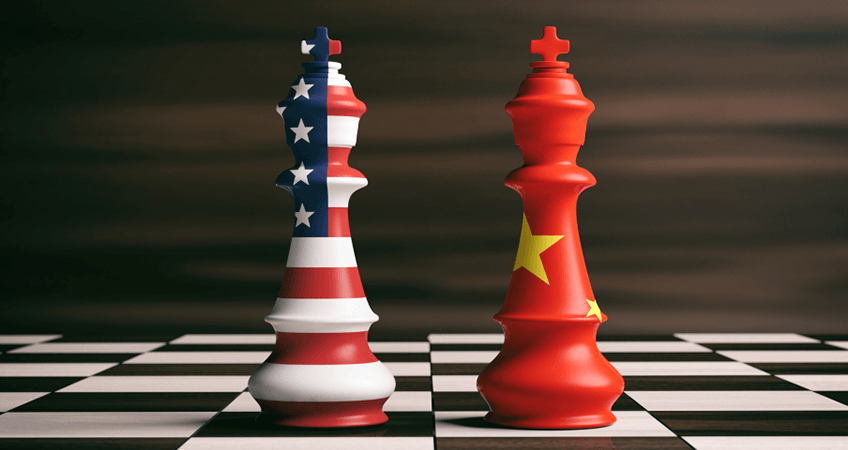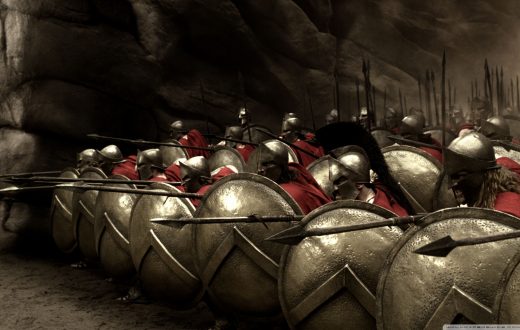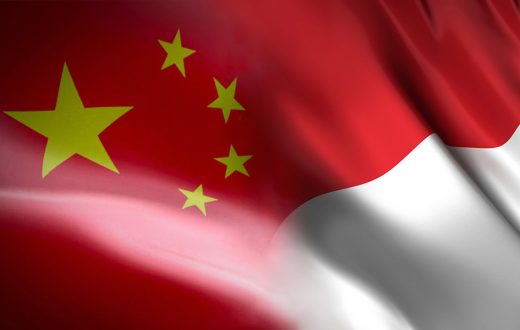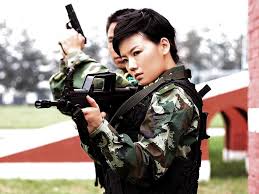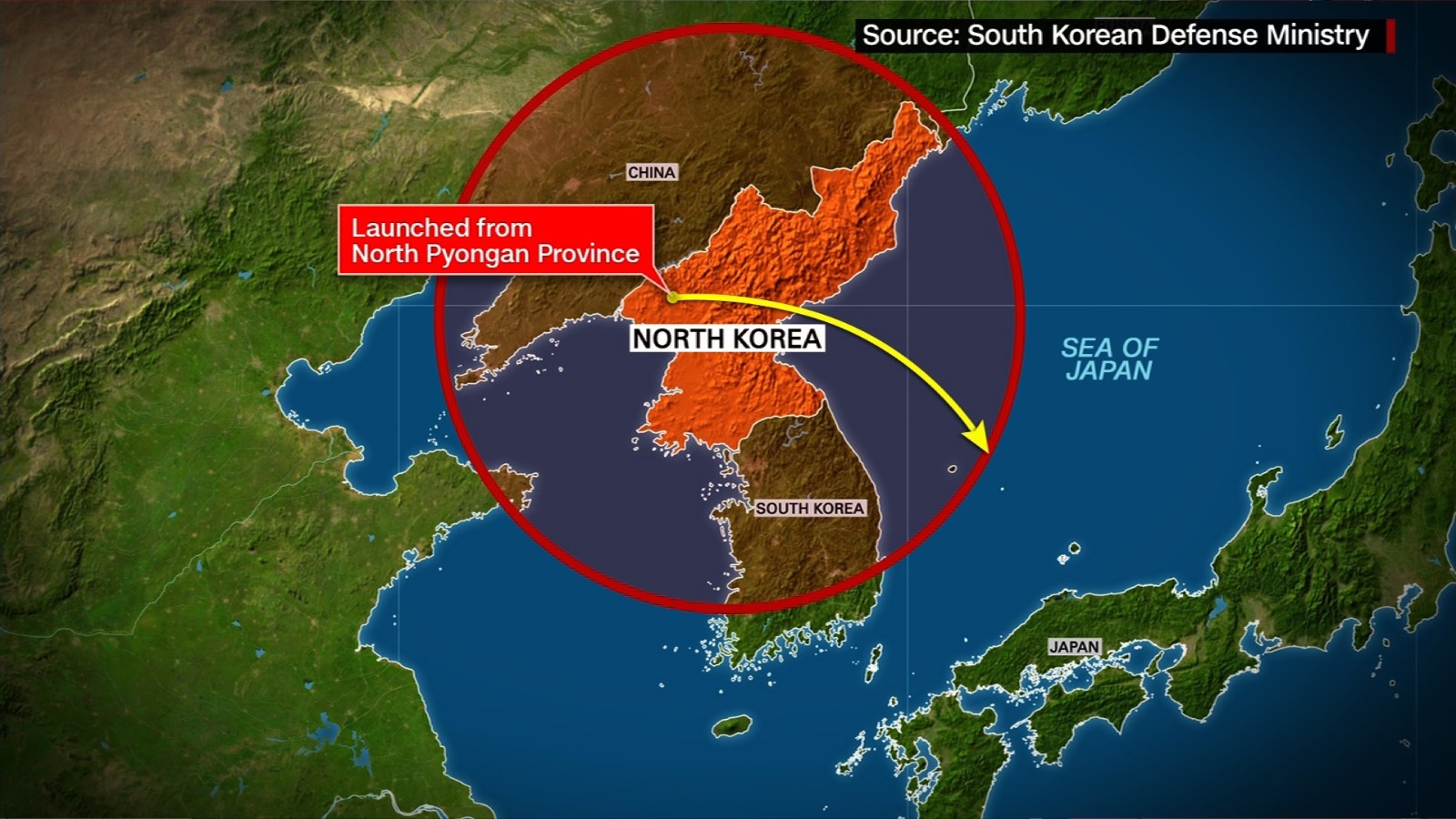According to Rauch and Wurm, at the time of change in position the danger becomes most pressing. While quoting (Chan, 2008), they argue that the declining power, while it has an edge over the rising power, could attack the rising power. However, Power Transition Theory focuses that in order to complete its ascendancy; the rising power attacks the dominant power. The rising power is expected to be aggressive by the power transition theory. Because even if the former dominant power is dethroned, yet it enjoys the benefits of international order that was once established by it, therefore, in order to restructure the international order, violent enforcement of changes will be required by the rising power (Rauch & Wurm, 2013). One does not accidentally become a regional hegemon. It requires having feathers in the cap. The U.S. has records of colonization, territorial expansions and conquests to become a regional hegemon of the Western Hemisphere (Mearsheimer, 2010). Therefore, there is a possibility of war and violence in power transition.
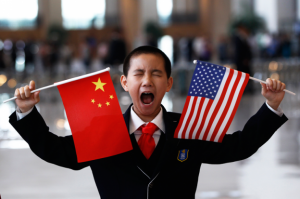
On contrary, according to Chan, however, war is not required for power transition as there has been an evidence of peaceful power transitions in both of the previous centuries (Chan, 2008). In case of China, its peaceful rise is only possible if it makes it clear to the U.S. and its neighbouring countries that it has peaceful intentions toward the change of balance of power without using any force. Furthermore, in the recent decades, Beijing has not been aggressive towards its neighbours, this indicates China’s attitude in coming decades (Mearsheimer, 2010).
In this regards, Liu (2010) quotes (Buzan & Segal, 1994 and Gernstein & Munro, 1997) and argues that China seems to challenge the status quo and is not satisfied with the existing international structure. Furthermore, she quotes (Stephens, 2005; Sutter, 2005; Roy, 2003) and argues that the regional strategy of China seems to be challenging the position of the US in East Asia. These realists believe that there will be a zero-sum game between the US and China with the rise of China. In addition to this, she argues that in order to achieve regional hegemony, the strategic objective of China is to push the US out of Asia which is its regional competitor in East Asia (Liu, 2010).
An article was published in Luxehomes – South China Morning Post, in which the writer argues that China does not want anyone to interfere in its internal affairs and wants to be recognized in the world order. He furthermore argues that China wants a global order which must recognize both the diversity of different social, economic and political systems and new power diffusion with the community of states.
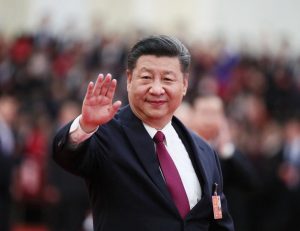
His article further quotes China’s President Xi and says that China wants the international institutes to have reforms which are consistent with its long-held view and reflexive of the multi-polar character of the contemporary world order. In addition to this, he analyzes that the west accuses China of being an irresponsible stakeholder but China seems to be the voice of developing countries through initiatives such as, “One Belt, One Road” (Huang, 2015). Thus, China’s world order economic policy seems to become a voice for developing countries in Africa and Asia.
A report on, “The Evolving Role of China in International Institutions” for The US-China Economic and Security Review Commission was prepared by Economic Strategy Institute in 2011. The key findings of the report were that within global institutions China has established an increasingly proactive and assertive stance. Furthermore, the report highlighted that in order to advance its national interests, China is effectively utilizing international institutions, not only this but China is also extracting what it wants from the institutions. Alongside this, it highlights that the role of China does not only support its own policy interests but it is also helpful and constructive for the institutions itself. In addition to this, the report argues that global institutes will either progressively drift toward insignificance or they will evolve to reflect the reality of the world where they operate. It highlights that G-8 was one of the important international institutions once but contemporarily it has been replaced by G-20 which was only possible because of the driving force of China.
In addition to this, the Asian Infrastructure Investment Bank (AIIB) and the New Development Bank (NDB) have recently been established. AIIB aims at providing financial support to the One Belt-One Road (OBOR) Initiative of Chinese President Xi Jinping which he announced in 2013 in Astana, Kazakhstan. NDB is BRICS (Brazil, Russia, India, China and South Africa) bank which aims at providing financial assistance to infrastructure projects in BRICS countries (Xinbo, 2016). Wu Xinbo (2016) adds that China holds over 30% of shares in AIIB and 41% of shares in NDB which give China more leverage in operations and making of rules of both the institutions. China’s economic power will enhance as states start taking assistance from these institutions.
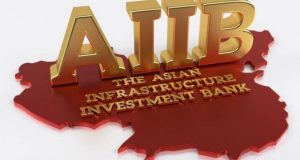
Moreover, some argue that the main objective behind AIIB is to compete with and eventually replace the Asian Development Bank (ADB) and Bretton Woods Institutions in Asia-Pacific. However, it would be premature to compare and contrast between these at this stage.

